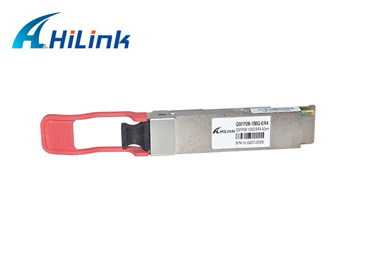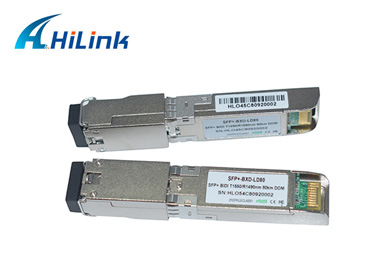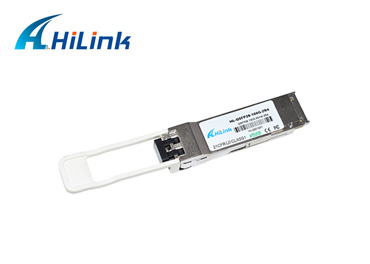Tips For Determining Transceiver And Fibre Optic Cable Selection
Oct. 15, 2022
A transceiver is a combined transmitter/receiver in a single package. Although the term is usually applied to wireless communication equipment, it can also be used for transmitter/receiver devices in cable or fibre optic systems.
The main function of this electronic device is to transmit and receive different signals. In a local area network, a transceiver is part of a network interface card. It can either transmit signals over the network line or detect electrical signals flowing through the network. However, certain types of networks require an external transceiver.
In wireless communication devices such as smartphones and cordless phones, the transceiver is built into the mobile device.
What is the difference between a transmitter and a transceiver?
A transmitter is a separate electronic component that generates radio frequency ( RF ) currents or radio waves. These waves are used in communication systems to transmit data such as audio and video.
A transceiver, on the other hand, can both send and receive digital signals.
100G 40KM QSFP28 ER4
Tips for determining transceiver and fibre optic cable selection
When trying to determine which transceiver and fibre optic cable to use in your installation, determining the required speed and the distance the fibre optic cable needs to run are two key factors that must be taken into account when first calculating your decision.
Speed and distance considerations
When using multimode fibre, it is important to remember that as your speed increases, your allowable distance decreases. As the need for faster speeds increases, it is critical that you choose a fibre optic cable that can support these faster speeds. You don't want to be running new fibre only to find out, in a very short time, that it doesn't support the next generation of network speeds.
10G 1490NM/1550NM 80KM BIDI SFP+
Speaking of equipment, the equipment you have will also play a role in the transceiver you need to purchase. It is imperative that you understand which transceivers your hardware supports and what speeds the transceiver ports will allow.
Types of Transceivers:
SFP (Small Form-factor Pluggable): 1 Gigabit Ethernet speed, typically an LC fibre connector
SFP+ (Small Form-factor Pluggable Plus): 10 Gigabit Ethernet speed, typically LC fibre connector
QSFP (Quad Small Form-factor Pluggable): 40 and 100 Gigabit Ethernet, MPO
OSFP (Octal Small Form-factor Pluggable): 200 and 400 Gigabit Ethernet, MPO or LC
QSFP-DD (Quad Small Form-factor Pluggable – Double Density): 200 and 400 Gigabit Ethernet, MPO or LC
Hilink 100G QSFP28 ZR4 Optical Transceiver
How do radio transceivers work?
In radio communications, transceivers can operate in either half-duplex or full-duplex mode: the
Half-duplex transceiver. It can transmit or receive, but not at the same time. This is because both the transmitter and receiver are connected to the same antenna using an electronic switch. This mode is found in amateur radio, walkie-talkies and other single-frequency.
Full-duplex transceivers. Radio transmitters and receivers can work in parallel. Transmission and reception occur on different radio frequencies. This mode is observed in handheld and mobile two-way radios.
What role does a transceiver play in a radio communication network?
The role of a transceiver depends on its type. Four types of transceivers are used in wireless communication systems.
RF transceivers are used in baseband modems and routers for analogue (wired) and digital transmission. They are also used in satellite communication networks.
Optical transceivers use fibre optic transceiver technology to convert electronic signals into optical signals. They are high-speed transmission devices.
Ethernet transceivers are used to link electronic devices in Ethernet circuits. They are also known as media access units.
Wireless transceivers combine technology from Ethernet and RF transponders to increase the speed of Wi-Fi transmissions.














